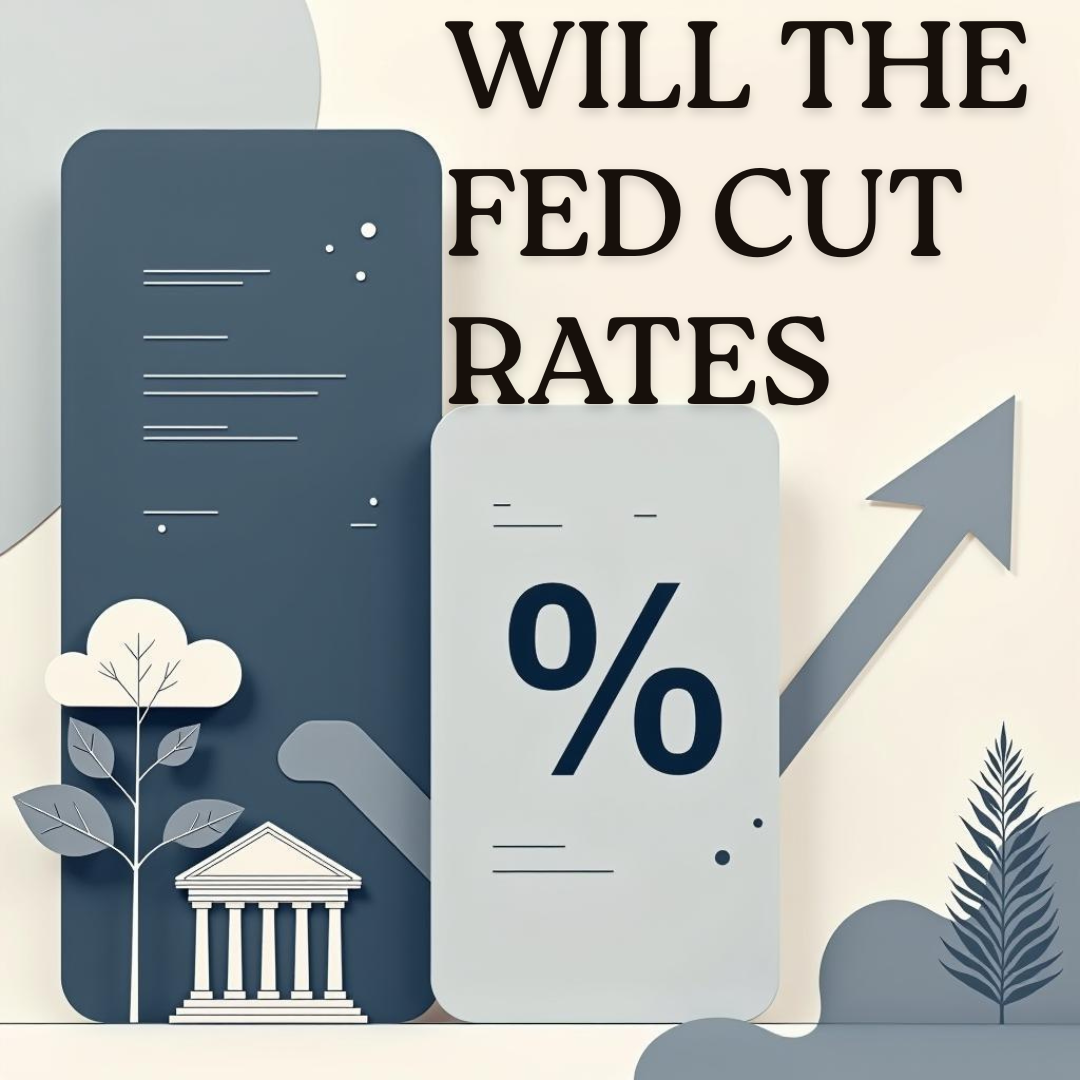If you’re self-employed and looking to buy a home, you’ve likely hit a wall with traditional mortgage requirements. Good news, Bank Statement Loans are designed just for you.
These loans are changing the game for small business owners, freelancers, contractors, and gig workers who don’t fit the cookie-cutter mold of W-2 employment. Instead of tax returns or pay stubs, this program uses your actual bank statements to prove income, giving you a clear path to homeownership.
Why Traditional Mortgage Rules Don’t Work for the Self-Employed
When you run your own business, your tax returns don’t always show your full earning power. Legal deductions can shrink your reported income, and month-to-month cash flow may vary. That’s where Bank Statement Mortgage Loans come in. Lenders review your real deposits over the past 12 to 24 months to understand what you actually earn, not just what’s left after write-offs.
And the demand is rising. In 2024, over 70 million Americans earned income independently, and that number keeps growing. More people need home loan options that fit how they really work and live.
Who This Is For
- Entrepreneurs
- Self-employed professionals
- Freelancers and gig economy workers
- 1099 contractors
- Small business owners
If you’ve been turned away by traditional lenders, this might be the mortgage solution that works for your lifestyle.
What You’ll Need to Qualify
To get started, here’s what most lenders will ask for:
- 2 or more years of self-employment history
- 12 to 24 months of personal or business bank statements
- CPA or tax-preparer letter confirming your self-employment
- Credit score of 620 or higher (better terms at 700 or above)
- At least 10 percent down (20 percent preferred for better rates)
How Income Is Calculated
- Choose Statement Type
Personal statements count deposits at 100 percent.
Business accounts are adjusted using an expense ratio. - Identify Eligible Deposits
Only income-related deposits count. Transfers, loans, and refunds are excluded. - Average the Monthly Income
Take total deposits over 12 or 24 months and divide by the number of months. - Apply Expense Factor
Most lenders default to 50 percent, but with CPA support, this could drop to 30 percent or less depending on your business model, overhead, and structure.
Example Chart:
Step | Amount |
|---|---|
Total Deposits (12 Months) | $225,000 |
Average Monthly Deposits | $18,750 |
50% Expense Factor | $9,375 Qualifying Income |
30% Expense Factor (CPA) | $13,125 Qualifying Income |
The more income you qualify with, the higher your potential loan amount and the lower your debt-to-income (DTI) ratio.
Pro Tips to Strengthen Your Application
- Keep business and personal finances in separate accounts
- Request a CPA letter to justify a lower expense ratio
- Avoid overdrafts or NSF entries as they are red flags to lenders
- Document any large or irregular deposits up front
Final Word
Self-employed buyers deserve better mortgage options, and Bank Statement Loans deliver. By focusing on real cash flow, not tax returns, they offer a flexible and fair path to homeownership.
If you’re ready to stop renting or upgrade your space, but your business income doesn’t check the traditional boxes, this could be your way forward. Let’s connect and explore how a Bank Statement Loan could work for you.
Contact Us Today
Want to talk about how this affects your home buying journey, refinancing strategy, or real estate investment?
📩 Schedule a consultation with Everyday Lending Group today.




